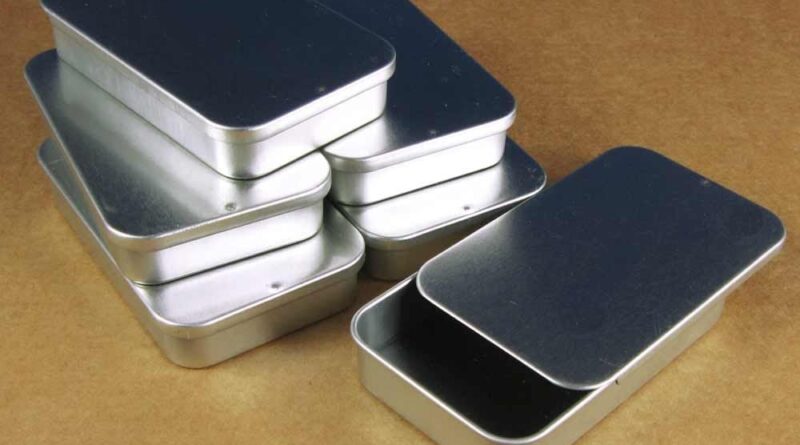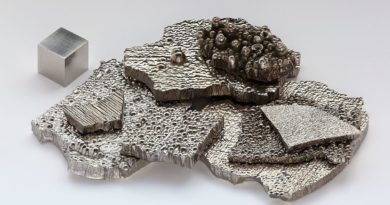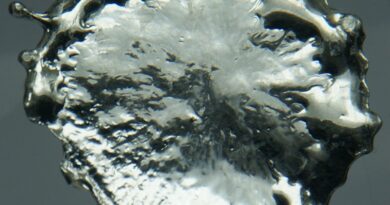Tin surges amid weak US dollar and strong Chinese market
LME tin prices have surged in the last few days, driven by weakness in the US dollar and strength in the Chinese market.
In China, the upcoming end of the January contract has seen the price move higher as those short in the market struggle to cover their positions. Weaker imports from Myanmar in December and expected low refined production in January are also helping push the SHFE price to new records.
Elsewhere, although the upcoming Indonesian export license renewals do usually see lower output in January, most traders are unconcerned about the situation. In Brazil, the heavy rains that are affecting iron ore production are mostly in the southeast of the country, far from the main tin-producing regions. There has been little impact on tin mining so far.
Tin is the 50th element on the periodic table and is represented by the chemical symbol Sn. It is a metal that is most closely chemically related to germanium and lead. Indonesia, Myanmar and China are the largest producers of tin in the world. Tin has been used since the beginning of the Bronze Age, around 3000 BC. Today, it has a wide variety of uses in many different industries, such as:
- About half of all tin that is produced is used for solder. This is usually used for joining electric circuits. Traditionally solder is made from a lead-tin alloy, but due to the hazardous nature of lead it is being replaced by other suitable metals.
- Tin is used for coating lead, zinc of steel to prevent corrosion. Steel containers coated with tin are commonly used to preserve food.
- Tin is used in many specialized alloys including pewter and bronze. It is also used to create a special type of bronze called bell metal that is used for making bells.
- Tin has also been used to create decorative housewares. Tin is decorated in a process called punched tin and it is commonly used to make decorative lanterns.
- Molten glass used in the production of windows is often floated on top of molten tin to create a flat surface.
- A chemical compound of tin and fluoride, known as stannous fluoride, is used in toothpaste to improve dental health.
- Tin, together with lead, is also used in the metal pipes of the pipe organ.
- A certain type of chemical compounds of tin called organotin compounds are used to stabilize PVC plastics and as a biocide.



